 Click HERE to return to the contents page
Click HERE to return to the contents page
 Click HERE to return to the contents page
Click HERE to return to the contents page
The F1 W09 EQ Power+: More than a machine
 Translation from English to Amharic
Translation from English to Amharic
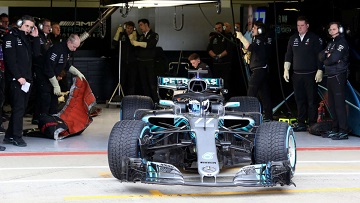
As Technical Director of Mercedes-AMG Petronas Motorsport the launch of the new F1 W09 EQ Power+ has been one of my most exciting days with Mercedes so far.
Why? Because our 2018 car is more than a machine РђЊ itРђЎs the most advanced Mercedes F1 car ever! At the same time, it represents more than a thousand yearsРђЎ worth of working hours as well as the teamРђЎs hopes and dreams.
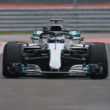
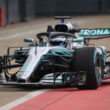
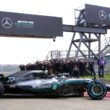
Shared DNA, improved performance
Our F1 W09 EQ Power+ shares some of the DNA of its predecessor. Affectionately dubbed a РђюdivaРђЮ for its occasional lack of predictability, the 2017 challenger was nevertheless the most successful car of the past season. So we decided to follow a similar design philosophy, aimed to further develop the many strengths of the previous model and improve its weaker areas.
We hope that we have made some inroads into that and that this yearРђЎs car will speak to us as engineers and to the drivers a little more clearly so that it is more obvious what to do to dial it in. Last year we had to do things that were very counterintuitive. We have tried to create a car that is a little more regular this year.
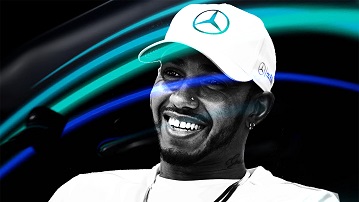
Lewis Hamilton: РђъI think at the moment seeing the halo on the car is quite alien to us, but IРђЎm sure we will get used to it and it will become the norm before we know itРђю
Another big challenge was one that is borne largely on the shoulders of our team-mates in Brixworth. Going from four power units to three is a significant increase in the durability required from the power unit and the determination not to surrender power in exchange for that durability is significant. The change was driven by a number of requirements.
But while weРђЎre seeing quite a significant development investment at the moment, both the works and the customer teams will be better off further down the line. As we will have to work with less units over the season, we will see a positive impact on the performance development work. At the same time, this new process will reduce our costs for one season as well as the supply prices to customers.
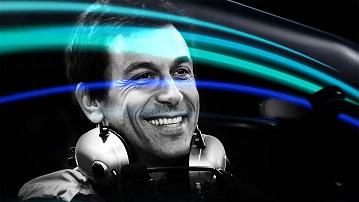
Toto Wolff: РђъThe W08 was the fastest car on the grid, scoring the highest number of pole positions and winning the most races last year. So we were careful not to lose the carРђЎs many strengths just to overcome the difficultiesРђю
Across the board, the design is more elegant than last year. For the 2017 season, the regulations changed drastically in Formula 1, resulting in a clean slate for all the teams РђЊ but also a bit of uncertainty. This year, being a little more confident of what weРђЎre aiming for, weРђЎve been able to commit more fully to certain concepts. So we have the packaging much tighter and have taken things to more of an extreme. ThatРђЎs where a lot from the elegance comes from.
ItРђЎs funny РђЊ the thing that you loved and that you poured all your heart into the year before, instantly looks out of date when you compare it to the new one РђЊ and thatРђЎs the lot of every racing car thatРђЎs ever been produced. Nothing goes out of date quicker than an old racing car.
The wheelbase is the same this year as it was last year. Whenever youРђЎre deciding what youРђЎre going to do from one year to the next, you try to solve things that you regard as weaknesses to your car and keep things that you regard as strengths. The wheelbase that we had last year was something that brought us advantage over the season, so we are retaining it as a strength for this year.
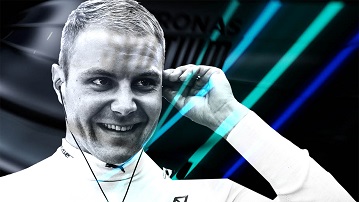
Valtteri Bottas: РђъRegarding the power units, we hope to keep a similar level of reliability to last year when we were very reliableРђю
Propably the most notable change is the Halo, the new cockpit protection concept in Formula 1: A titanium structure that goes around and above the driverРђЎs head to protect him from flying debris. The FIA decided in July 2017, that the halo will be compulsive for all F1 cars this season.
The biggest challenge for the team was integrating the halo into the chassis. The titanium angles weigh several kilos that needed to be put on the car. In addition, we needed to implement all the necessary changes to accommodate it, so that the total weight of the car would still be under the mandatory limit РђЊ no easy piece of work! We had to strengthen the design of the chassis, so that it would be able to take roughly the weight of a London double decker bus, sitting on the top of the halo.
Everything else you need to know about the Halo you can watch here:
What we can learn from Formula 1
What amazes me about Formula 1 is the great mixture of engineering, teamwork and the performance of our drivers at circuit. And of course the fact, that we can help to Рђюaccelerate the futureРђЮ as we like to say. As my colleague Andy Cowell, Managing Director of Mercedes AMG High Performance Powertrains, says, the FIA aligned with the switch to hybrids in 2014 our technology mission of our power unit with that of the automotive sector, but also other areas like transport and energy generation.
Concerning the automotive sector, the most visible outcome so far is the Project ONE hypercar that Andy and his Team are developing together with our colleagues at Mercedes-AMG in Affalterbach. It brings Formula One technology to the road!
With the predecessors of the F1 W09 EQ Power +, we won four Doubles in a row. But still there is no secret formula to what we do. It is plain, honest engineering work. The source of all ideas are human creativity, passion and enthusiasm. Those ingredients have served us well in the past. LetРђЎs hope it will also be a good recipe for the future.